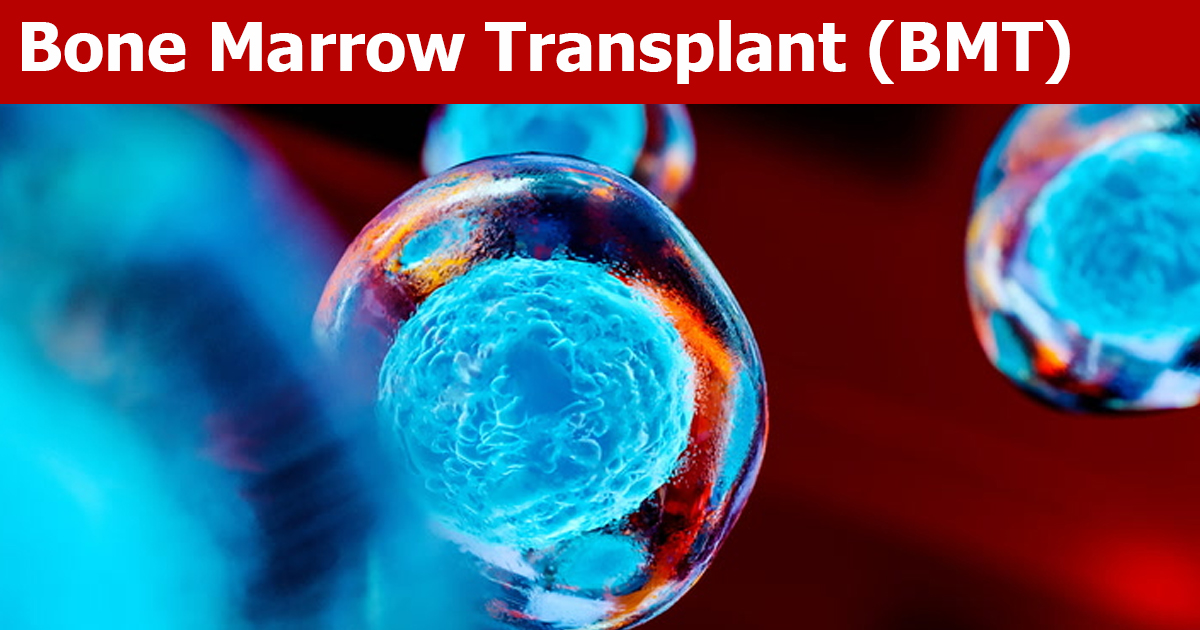
Context: There is a call to make the bone marrow transplant procedure available at Madurai’s Govt. Rajaji Hospital.
Bone Marrow Transplant (BMT)
- Definition: BMT involves replacing diseased blood-forming cells with healthy ones.
- Blood-Forming Cells: Also known as blood stem cells, these immature cells are located in the bone marrow and develop into red blood cells, white blood cells, and platelets. Once mature, they exit the bone marrow and circulate in the bloodstream.
Types of BMT
- Autologous Transplant:
- Blood-forming cells are harvested, preserved by freezing, and stored.
- These cells are then returned to the body following chemotherapy (chemo) and sometimes radiation therapy.
- Allogeneic Transplant:
- Healthy blood-forming cells are donated by another person.
- The donor can be a family member or an unrelated individual.
- Haploidentical Transplant:
- A form of allogeneic transplant where healthy blood-forming cells from a half-matched donor, usually a family member, replace unhealthy cells.
Stem Cells
- Definition: Stem cells are unique human cells capable of transforming into various types of cells within the body, ranging from muscle cells to brain cells.
- Stem Cell Banking: Plays a crucial role in stem cell therapy.
Types of Stem Cells
- Embryonic Stem Cells:
- These are present exclusively in the earliest stages of development.
- Adult Stem Cells:
- These cells proliferate to repair adult organs and tissues when needed.
- They are found in nearly all human body organs and are multipotent, capable of generating a limited range of mature cell types specific to their residing tissues.
- An example is hematopoietic stem cells in bone marrow, which produce various blood cells.
- Certain tissue-specific stem cells, known as unipotent or bipotent, generate one or two types of mature cells; for instance, skin stem cells regenerate skin cells as unipotent cells.
- Induced Pluripotent Stem Cells (iPSCs):
- These cells are artificially created in laboratories using cells from the body.
- iPSCs exhibit characteristics similar to embryonic stem cells and were first successfully generated in humans in 2007.




